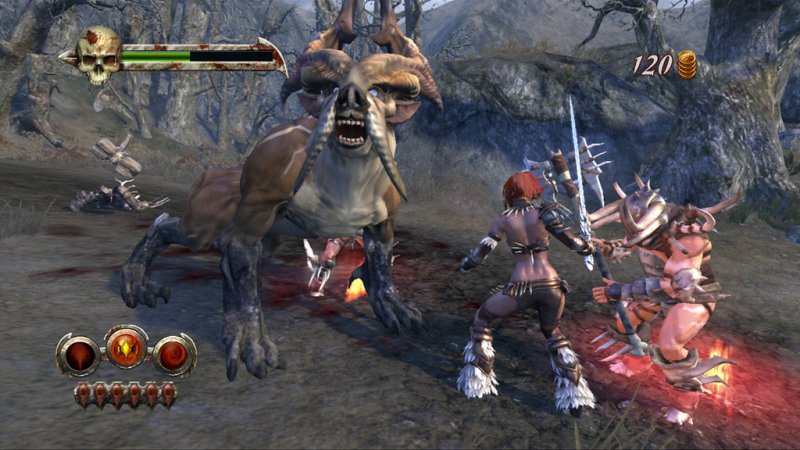

“Grand Theft Auto’s” carjacking, but with fire-breathing monsters. The plan for “Beast Rider” was to turn them into fighting creatures and transportation. Likewise, enemies used them, leading to a rush for who could knock the other off for control. Each game featured a suite of lizards, dragons, insects, or more for the lead characters to ride.

Key to Secret Level was their focus on technology, boasting an internal rendering engine capable of displaying vast landscapes, exactly what an open world adventure game needed.īeasts were central to “Golden Axe” lore. The earliest pitches for “Golden Axe” landed at Sega at the beginning of 2005. Then we shipped it and were like, ‘oh dammit,’” says art director Matthew Butler. They thought that they had a technologically sound team with a lot of vision and forward thinking in Secret Level.” They wanted to see if a western development team could achieve that similar success. “The heads of Sega at the time were very interested in trying to tap into the success of ‘Grand Theft Auto’ in western markets. “The real heart of the game originally, if you consider games like ‘Conan Exiles’ today and even ‘Rage,’ those kinds of games, those pseudo open worlds aspects of those, was really at the heart and scope of the game that was originally pitched to Sega,” says producer Michael Boccieri to Variety. The focus would turn to rideable beasts, with heroes scouring the land, solving puzzles, and fighting Death Adder’s minions while on the hunt for a mythical Golden Axe. The pitch was for an open world fantasy adventure. … We were looking for something everyone could get behind, a real change in direction in terms of creativity.” “We spent a fair amount of time and money, more than we previously had on other pitches. “We ended up going all out on pitch materials,” says Christopher Bretz, one of the principals at Secret Level. Not discouraged and seeking to showcase their creative side, Secret Level pushed to take on the “Beast Rider” project. Prior to “ Golden Axe: Beast Rider,” Secret Level attempted to port “America’s Army” from Xbox to PlayStation 2 for publisher Ubisoft but struggled. Their specialty wasn’t creating, rather getting games up and running on different platforms.

Their resume showed no major projects, just technology. For Secret Level, traditionally a 20 to 30 employee studio focused on porting games like “Star Wars: Jedi Starfighter,” this was new.


 0 kommentar(er)
0 kommentar(er)
